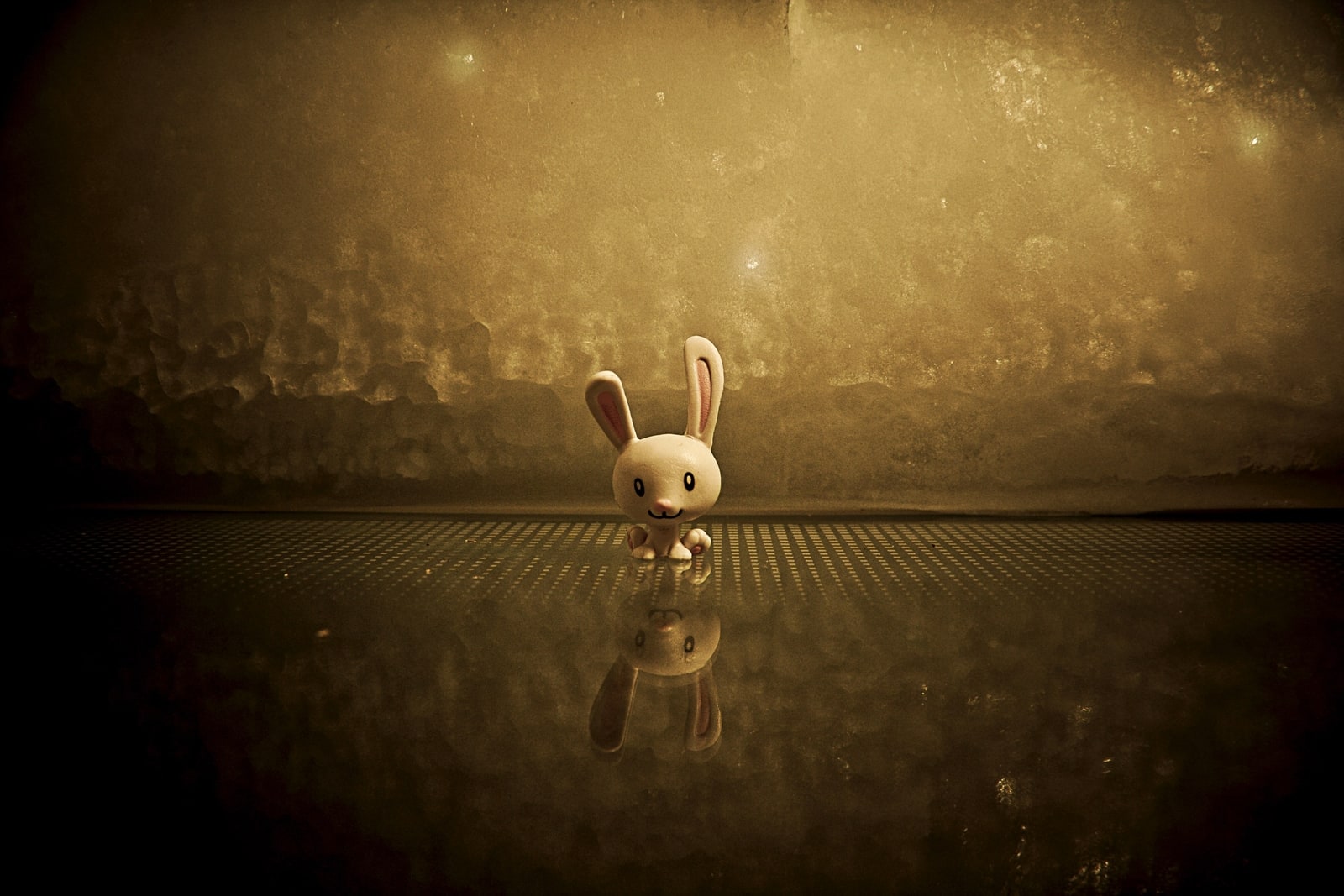IN
IN
JPN
EN
Join Our Communities

Blockchain is all about artists and creators taking their power back from centralized sales systems and web2 companies, says Malaysian digital artist Moon, creator of the TEZOS TACO BUNNY. “When I realized blockchain was decentralized, it was an epiphany for me,” she says.
Moon’s journey to becoming a self-supporting digital artist is entwined with the path taken by Mike Shinoda of the noted rock band Linkin Park into the blockchain ecosystem. Shinoda says Linkin Park started a (very un-rock-band-like) venture capital arm around 2016, and through the fund, met people in the crypto space.
“It was really very early,” he says. “We just had no idea what any of it was.”
Fast forward to 2019, and Shinoda opened a Crypto.com account, and then in the last twelve months began minting NFTs on the Tezos blockchain.
For Moon, Shinoda’s Discord channel was a place where fans gathered and interacted with the artist. Shinoda noticed Moon’s art, and when he made a tossed-off song called Booty Down, Moon made a GIF of Shinoda and his partner twerking to it.
“That was the first NFT I minted, and Mike bought it,” says Moon. She also says her initial impression of the NFT and blockchain space was that it existed for rich people. “I have pennies, I told Mike when he told me to get involved,” she says.
Shinoda says there’s a misconception about NFTs only being for well-known artists selling their work at high prices. “One of the things people think about when they think of NFTs is all the big auctions and drops,” he says.
“But the truth is that especially on Tezos because it’s so easy to do because the gas prices are low, you can offer something for free, or for $1,” he continues.
He notes there are many artists making the transition to working for themselves and supporting themselves with NFTs on low gas fee blockchains like Tezos. “There is going to be room for all sorts of art, not just people making flat art in JPEG or GIF format,” he says.
Moon said when she started minting NFTs, she had no idea she would be in her present position. ‘I have quit my job, and it’s not because I am making millions, and I’m now rich,” she says. “It’s because I get to do what I love; I get to make my own art, and I can support myself with it. It’s kind of a dream.”
“The one thing I think is so special about a lot of the blockchain-related communities is that it’s so early, and they are so small,” says Shinoda. “It’s possible to know a large chunk of the community.”
And it’s communities built around artists and creators, which will help those creators support themselves. Shinoda says for a musician to make a living from streaming, they need to have millions of streams, but with blockchain and NFT-related communities, those artists can survive with smaller, more niche audiences.
“If you had fewer people and things in between, then you could make the same amount of money from many, many fewer connections,” he says. “You could have quality fans over quantity fans."
“I think that’s the thing that is really going to open up is a group with a thousand fans can actually make a living doing what they love, as opposed to having millions of fans,” he says.
“We’re artists; we’re not technologists,” says Moon. “In my first month or so into NFTs my head was spinning all the time. It was a lot to take in and the learning curve is really steep.”
That’s why both Shinoda and Moon agree education and advocacy to the arts communities is vital. “Once you get there you can deepen your understanding," she says.
Moon also believes inclusion is critical. “A lot of successful, top billing artists in the NFT space are still straight, white males,” she says. “So being decentralized, we have a voice as consumers, and we should support whoever we believe in and give equal opportunity to everyone.”
Shinoda says Web3 and blockchain are something everyone will be interacting with in the months and years to come, so it’s important to get familiar with the technologies and the new concepts of exchanging value. “The earlier you get familiar with it, the more of an advantage you will personally have,” he says.
Moon agrees, saying that even if you’re unsure or scared and don’t want to participate immediately, it’s important to get familiar with the technology so you’re not caught by surprise.